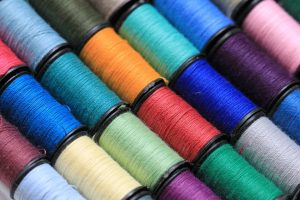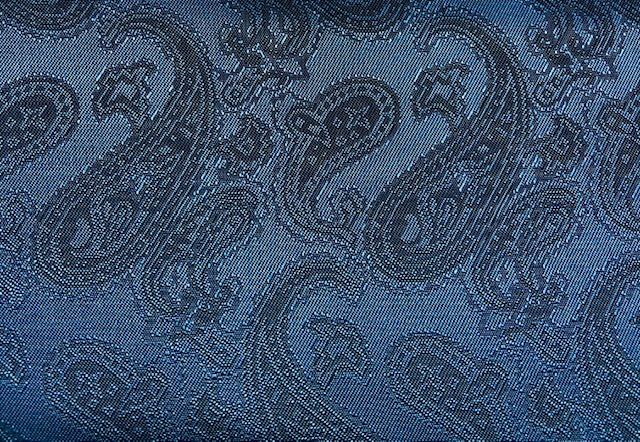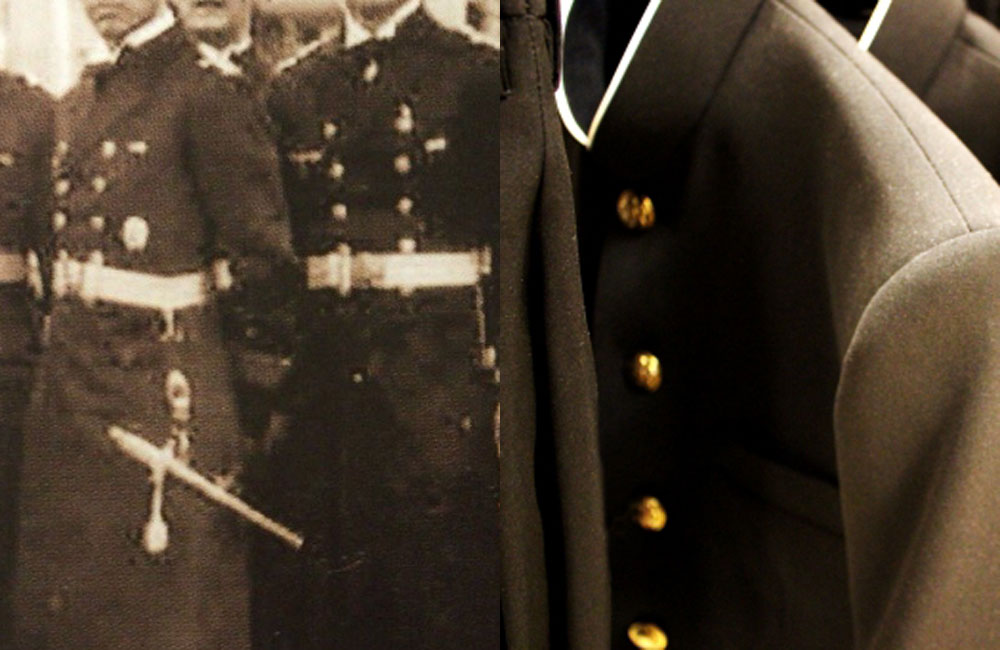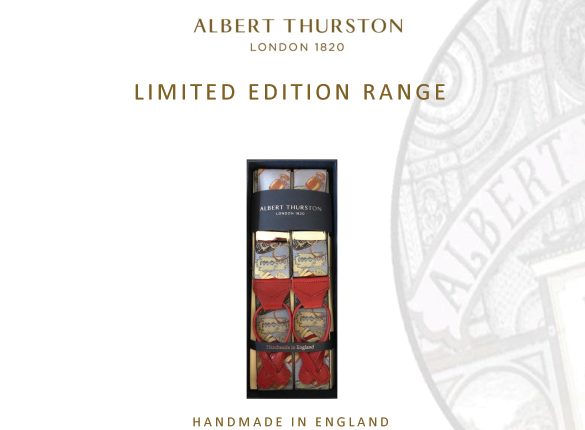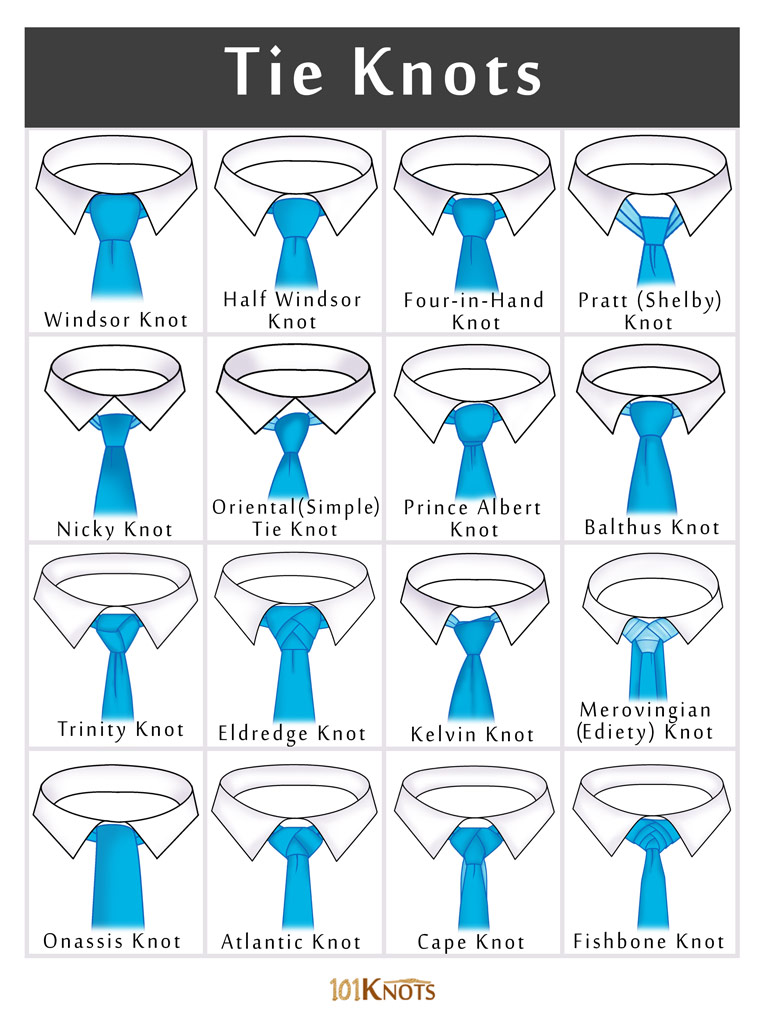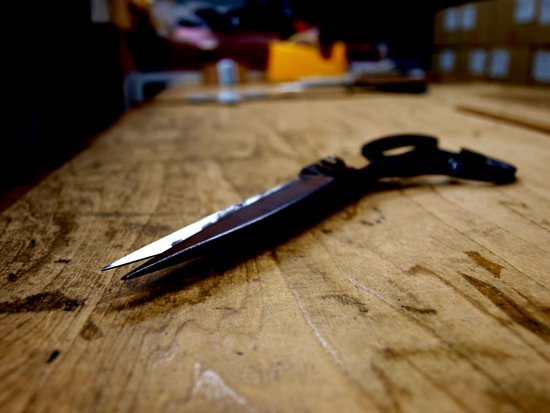Exploring the terminology of yarn thickness is essential for fabric enthusiasts. This blog delves into denier, yarn count, and tex, shedding light on the nuances.
Unveiling the Role of Linings in Clothing: A Guide and Recommendations
Explore the vital role of linings in garments, providing reinforcement, preventing transparency, easing wear, and maintaining silhouettes. Linings shield fabrics from wear, enhance durability, and offer comfort. Choosing the right lining involves matching thickness and color with outer fabrics. Recommended materials include durable polyester, moisture-absorbing cupra, and luxurious silk. Linings, though optional, significantly impact clothing quality and comfort. Careful selection based on fabric types ensures a refined and enjoyable wearing experience.
Essential Items for Carrying Suits and Coats – Introduction to Non-woven Garment Cases
When delivering or traveling with suits, proper storage is crucial. Introducing tourist bags for suits and coats, featuring eco-friendly EVA material. Various options available, including single-sided and double-sided non-woven bags, with transparent EVA resin for easy content check. The bags are not only practical for storage but also environmentally friendly. Sizes range from 60cm×100cm to 60cm×136cm, catering to different garment types. Explore the collection, and inquire about custom naming for orders exceeding 100 pieces.
Suit Trivia – The Origin of Suits
Suits evolved from stand-up collar military uniforms. Released soldiers unbuttoned and created the suit prototype. Single-breasted suits are classic, double-breasted are modern. Classic suits originated in England, emphasizing the “V-zone.” When discussing three-button suits, Ivy Style’s “roll to the second button” is key. It’s a declaration of not fastening the button and signifies a classic style. In the U.S., immigrants embraced freedom, creating their style rooted in tradition but emphasizing freedom of movement and functionality. The history of suits, evolving from frock coats and smoking jackets, is more intriguing when viewed through a historical and societal lens.
What is the Ideal Tie Length? The Relationship Between Your Body and Your Tie
This blog post focuses on the “length” of neckties, an essential element in men’s suit style, examining standard tie lengths in various countries, the rationale behind the 138cm length, and the definition of the ideal tie length.
ALBERT THURSTON’s top-of-the-range suspender model. What is the appeal of the Limited Edition?
ALBERT THURSTON’s top-of-the-range suspender model. What is the appeal of the Limited Edition?
Just hold this down and you’re good to go. Four types of knots in a necktie
Just hold this down and you’re good to go. Four types of knots in a necktie
A Little Story about Scissors ~ Japanese Roots and Splendor of Sohi-zukuri.(Handmade)
Scissors are one of the most important tools for tailors. In this issue, we would like to introduce you to the Japanese roots of scissors and the fascination of the Sohi-zukuri style. We will introduce you to the three types of scissors made in Japan: handmade scissors, ”Senteuti”, and mass-produced scissors called “die-cut welding”.
Useful reference books for custom-made suits business 【History, knowledge and rules】
Hello, this is Fukuda of the TAILORS WORLD editorial department. Recently, there have been a great many people starting out in the custom-made suit bu…
Questions about Japanese orders (types, designs, how they are worn, costumes)
This is Sugama of the TAILORS WORLD editorial department. In Japan, around spring each year, the Imperial Household hosts a spring garden party a…


